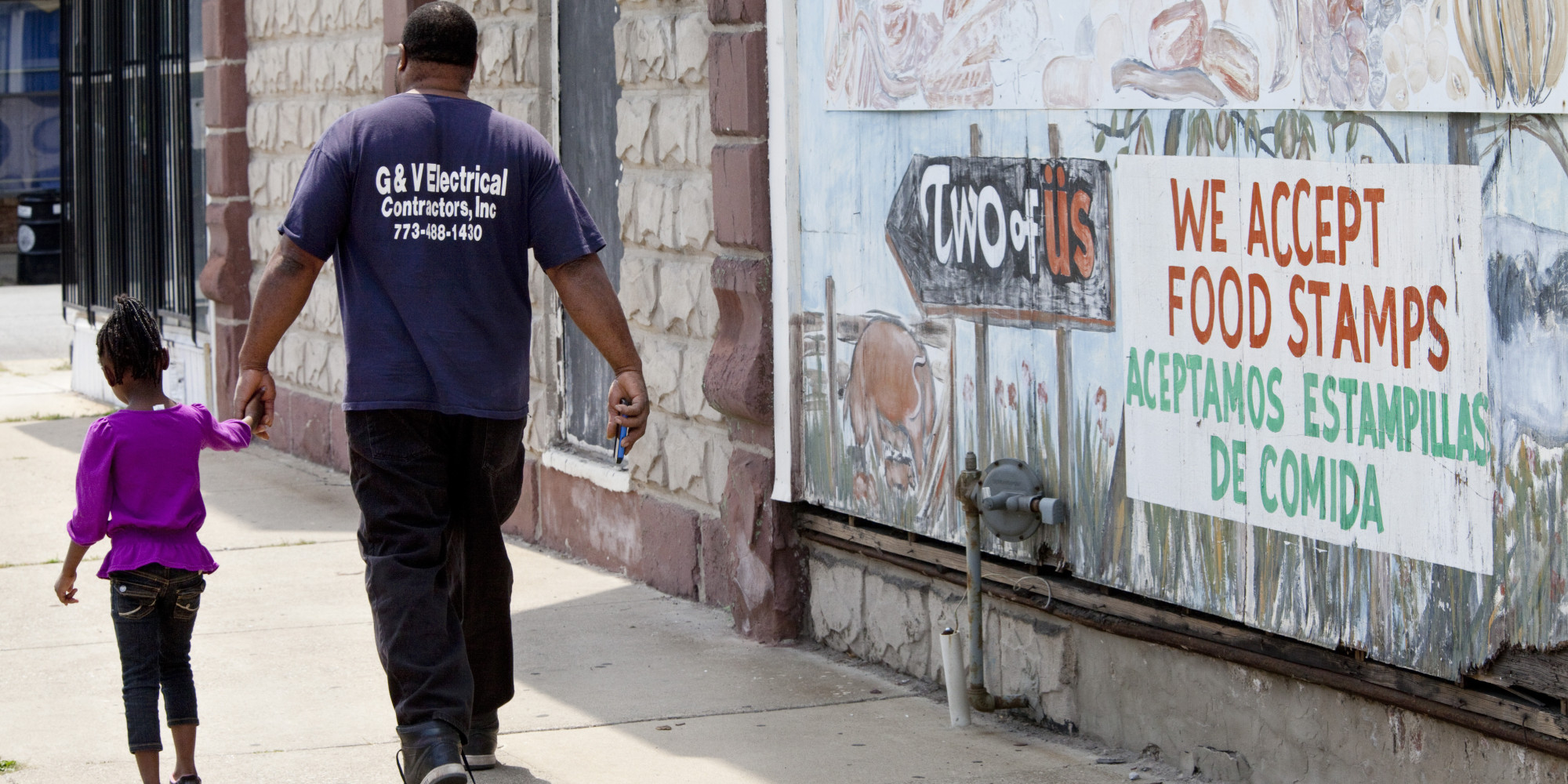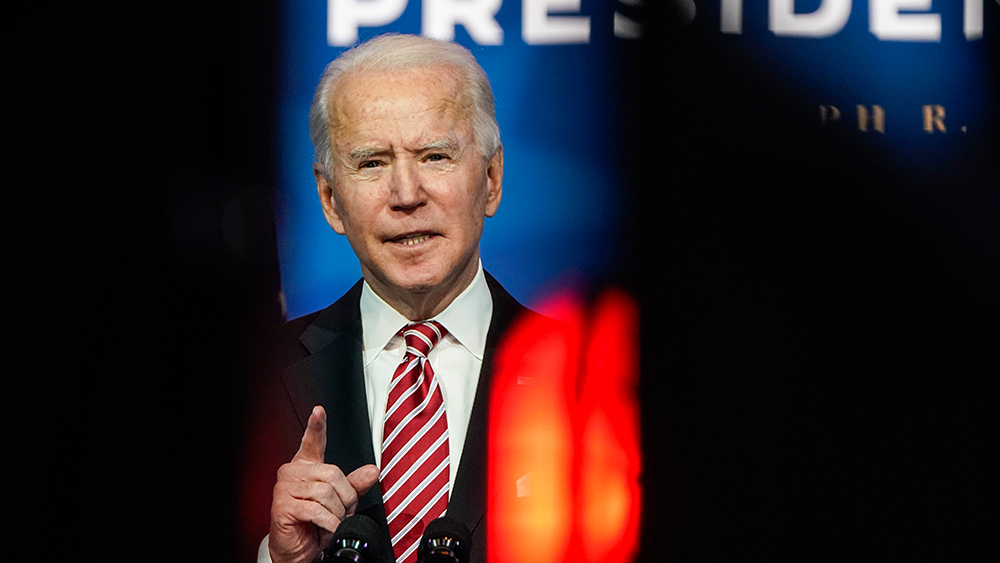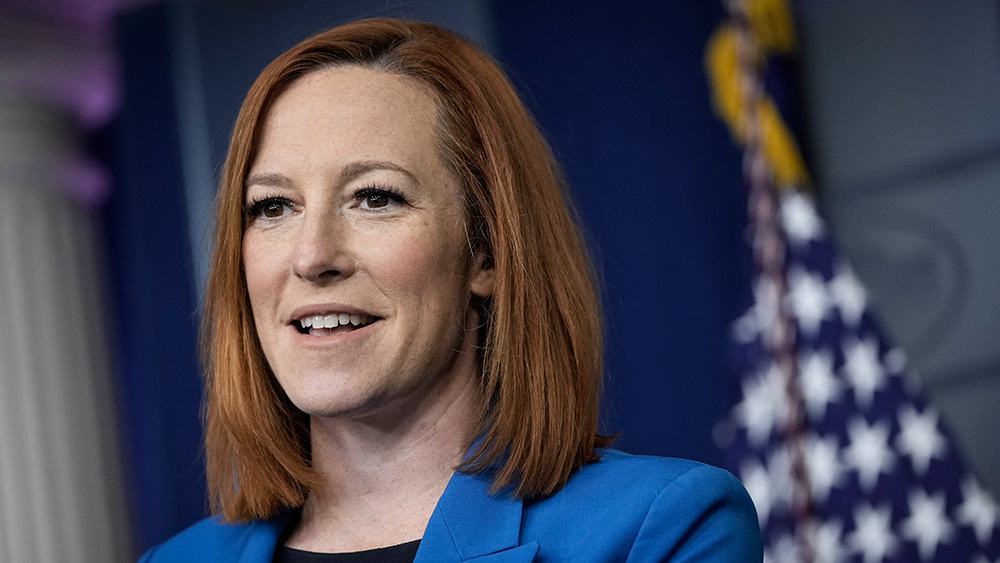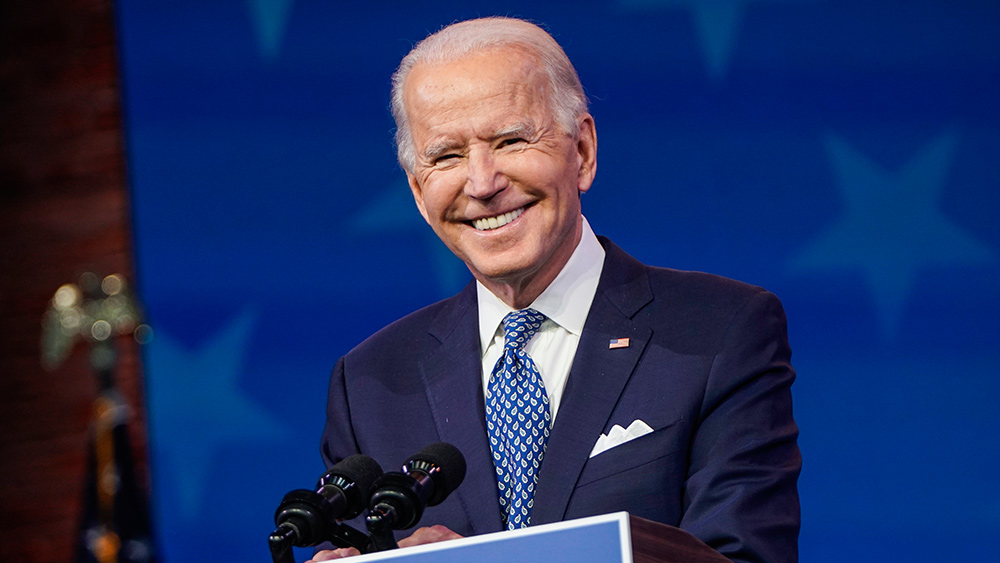US Census Bureau: More Americans became poor in 2020 due to COVID-19 lockdowns
09/21/2021 / By Ramon Tomey

The U.S. Census Bureau (USCB) says in a recent report that more Americans have become poor compared to a record low the year earlier. Its Sept. 14 report also shows significant declines in median income and available jobs. According to the USCB, Wuhan coronavirus (COVID-19) restrictions have wiped out ten years of economic gains within a short period.
According to the report, 37.2 million Americans – an estimated 11.4 percent of the population – live in poverty in 2020. This equates to approximately 3.3 million more Americans joining the ranks of the poor compared to the previous year. In 2019, the USCB records 10.5 percent of the population living below the poverty line. “This is the first increase in poverty after five consecutive annual declines,” the USCB report notes.
Furthermore, the USCB report also notes that more Americans under the age of 64 say they live below the poverty line. Poverty rates for those 18 and younger in 2020 have risen to 16.1 percent, compared to only 14.4 in 2019. Meanwhile, poverty rates for Americans between 18 and 64 years old have also risen to 10.4 percent in 2020 compared to 9.4 percent the previous year. Those aged 65 and up report a 9 percent poverty rate, which is not statistically different from 2019.
Poverty levels in the U.S. have been on a downward trend from 2015 to 2019, reaching their lowest level in six decades during the latter year. The period encompasses the first three years of former President Donald Trump’s term. However, the downward trend goes full stop and spikes once more as the COVID-19 pandemic causes businesses to shut down.
The report also indicates that median household income in the U.S. in 2020 experienced a decline. From the previous total of $69,560 in 2019, median household income in 2020 drops 2.9 percent to $67,521. The report mentions that this is the “first statistically significant decline in median household income since 2011.”
Federal unemployment benefits only make matters worse
The USCB reports that about 26 million Americans have lost their jobs in March and April 2020 for a four-week period. This is approximately twice the 13.7 million full-time workers who lost their jobs for the whole of 2019 – the largest decline recorded. This also exceeds the 22 million jobs created since the economic collapse of 2007 to 2009. (Related: Coronavirus cost nearly ONE IN FOUR Americans their jobs as the economic damage from the pandemic continues to mount.)
However, the USCB notes that fewer Americans are actually living in poverty when government assistance is factored in. These include COVID-19 stimulus checks and supplemental unemployment benefits. In fact, the bureau’s Sept. 14 report notes that 2020 is the first time in history that the supplemental poverty measure (SPM) is lower than the official poverty rate.
According to the report, the overall SPM rate for 2020 is at 9.1 percent – 2.6 points lower than the 2019’s 11.7 percent SPM rate. The current rate is also 2.3 points lower than the official 11.4 percent poverty rate.
The USCB report also points out that expanded unemployment insurance benefits in 2020 have prevented 5.5 million Americans from falling into poverty. Furthermore, the report adds that stimulus payments have moved 11.7 million people out of poverty.
However, these benefits come at a great price of the national debt increasing. The U.S.’s national debt has increased to $19.6 trillion following a year’s worth of stimulus payments. The federal government pays millions of Americans to stay home instead of work, adding another $2.8 trillion within the span of one year. In comparison, the U.S.’s pre-pandemic debt of $16.8 trillion dates from the country’s founding in 1776 until 2019.
But now, the extra unemployment benefits and stimulus checks have come to an end. Many states also announce that they will no longer opt into the extra $300 federal unemployment benefits program. Thus, the U.S. economy is still 5.3 million jobs short of its original state before the onset of the COVID-19 pandemic.
States now resorting to back-to-work bonuses
Arizona Gov. Doug Ducey has announced in May 2021 a $2,000 back-to-work bonus for eligible individuals returning to full-time work, alongside a $1,000 bonus for part-time workers. To qualify for the bonus, individuals must leave the unemployment insurance program and complete at least 10 weeks or work with an employer.
“In Arizona, we’re going to use federal money to encourage people to work instead of paying people not to,” Ducey says. He continues: “We cannot let unemployment benefits be a barrier to getting people back to work. [Former President] Ronald Reagan said the best social program is a job, [and] I agree with that.” (Related: States ending pandemic unemployment benefits see increase in jobs as more people decide to work.)
Oklahoma Gov. Kevin Stitt announced in the same month that the state would immediately stop unemployment benefits. He instead replaces this with a one-time $1,200 incentive to aid those returning to the workforce. Oklahomans who want to receive this bonus must leave an unemployment insurance program and submit pay stubs from their respective employers for a consecutive six-week employment period.
Montana Gov. Greg Gianforte also announced a one-time $1,200 bonus payment for residents who want to resume working. To qualify, Montanans must discontinue receiving unemployment benefits and accept a job offer in any industry within the state. The state then pays the bonus when qualified Montanans complete four full weeks of work.
Pandemic.news has more articles about poverty and welfare amid the COVID-19 pandemic.
Sources include:
SOS.OK.gov [PDF]
DLI.MT.gov [PDF]
Tagged Under: back-to-work bonuses, business closures, covid-19 pandemic, federal aid, job losses, job vacancies, lockdown mandates, national debt, poverty, unemployment benefits, US Census Bureau
RECENT NEWS & ARTICLES
COPYRIGHT © 2018 GOVERNMENTDEBT.NEWS
All content posted on this site is protected under Free Speech. GovernmentDebt.news is not responsible for content written by contributing authors. The information on this site is provided for educational and entertainment purposes only. It is not intended as a substitute for professional advice of any kind. GovernmentDebt.news assumes no responsibility for the use or misuse of this material. All trademarks, registered trademarks and service marks mentioned on this site are the property of their respective owners.




















